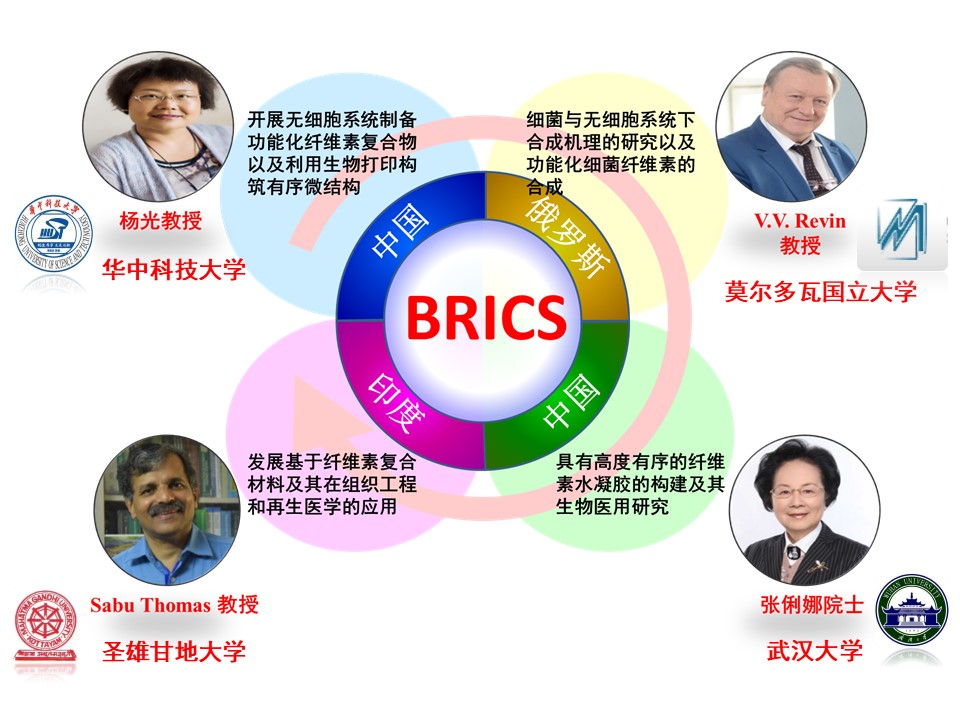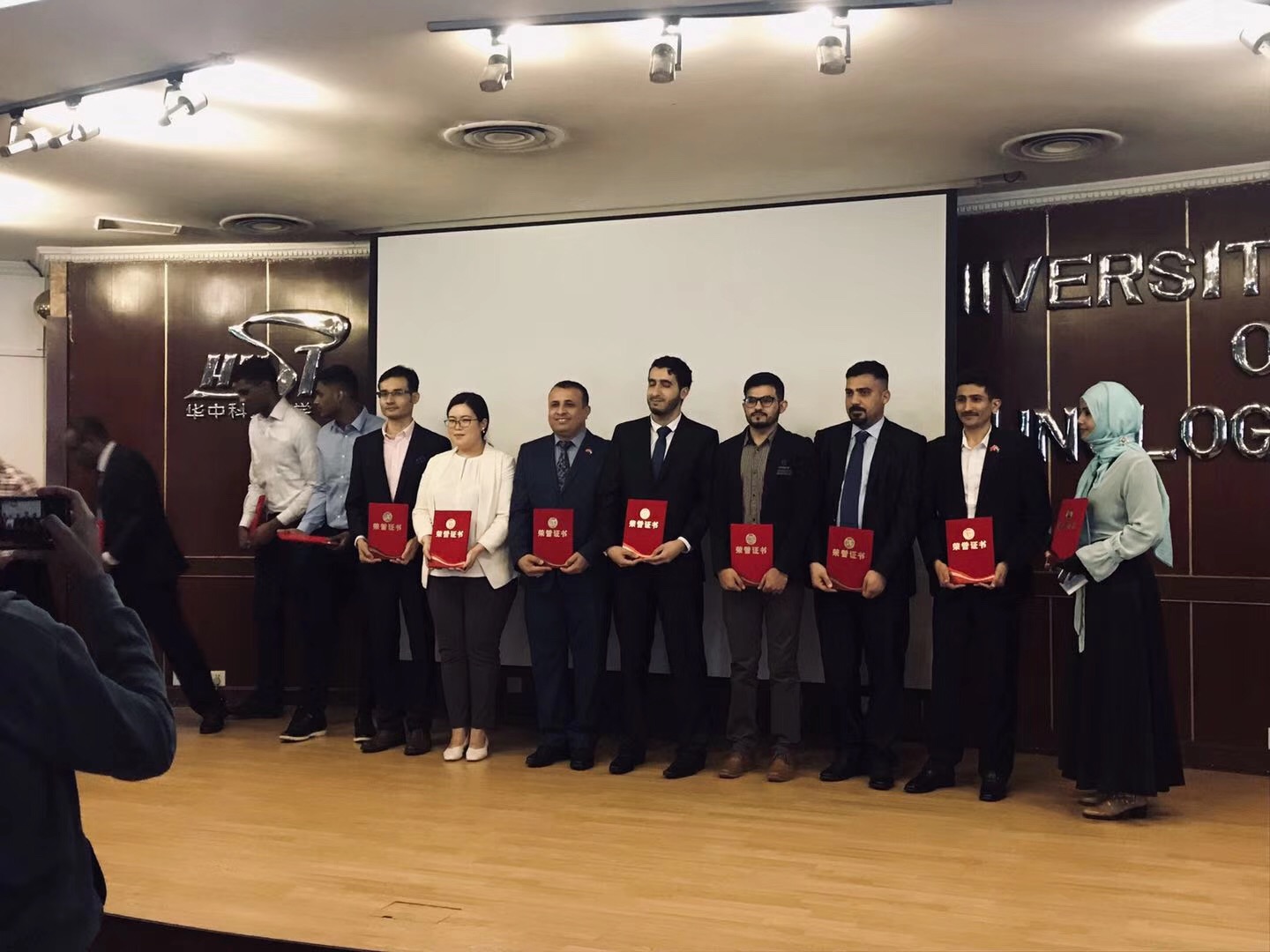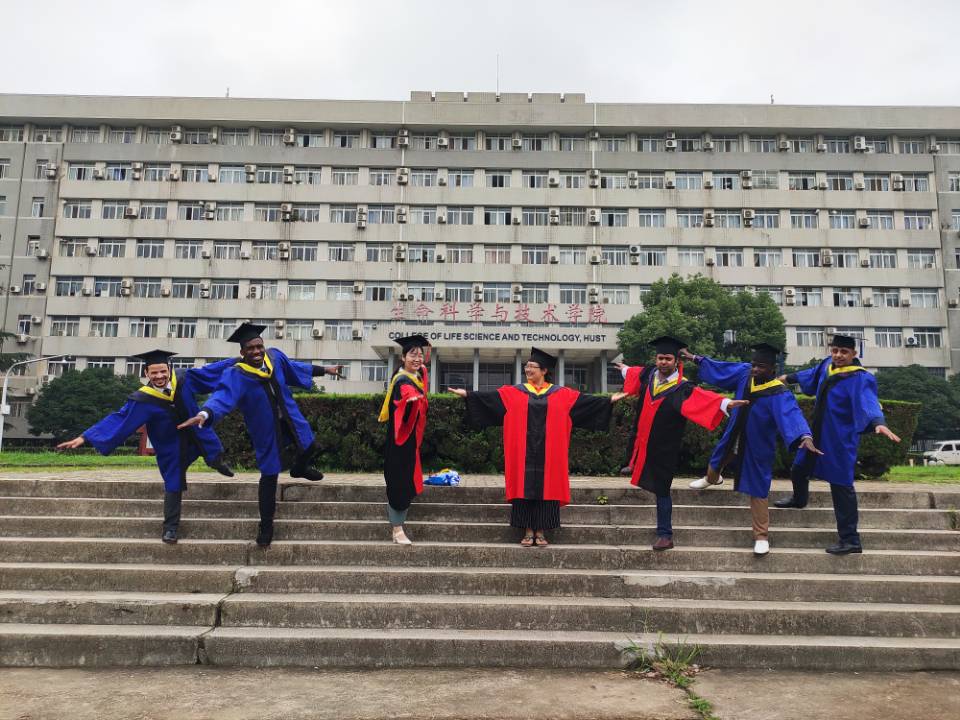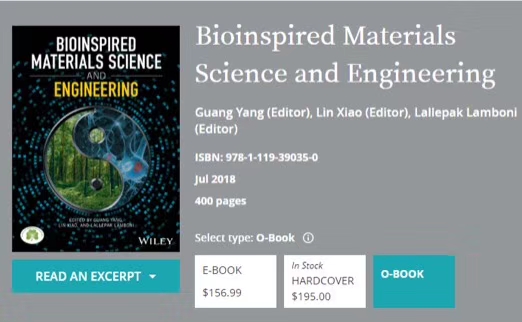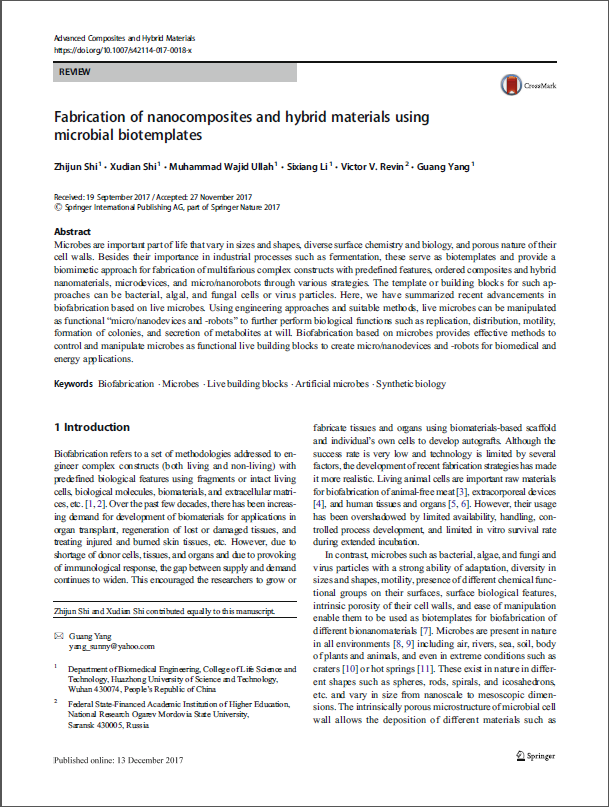BRICS cooperation and innovation of science and technology research plan according to Brazil, Russia, India, China and South Africa signed the BRICS Framework plan for science and technology innovation of STI Framework Programme () for joint research, mainly for new energy, renewable energy and energy efficiency, information and communication technology and high performance computing, natural disaster prevention and monitoring, water resources and pollution treatment, astronomy, materials science, such as photonics research field.
This year, BRICS STI Framework Programme received a total of 331 applications, with the final 35 applications approved for funding.
The 3-BIO team successfully applied for a project entitled "Preparation of Cellulosic 3D multifunctional Materials and their Applications in tissue engineering and Regenerative Medicine", led by Professor Guang Yang, academic leader of the 3-BIO Laboratory.
Cellulose is the most abundant natural polymer in nature and is an indispensable raw material in the traditional subtractive manufacturing.
With the development of science and technology, additive manufacturing methods are gradually entering the production and life of human beings.
This project is closely linked to the BRICS Science, Technology and Innovation Framework Plan and its Implementation Plan. Starting from the field of biotechnology and biomedicine-related issues, it integrates the strengths of China, Russia and India in this field.
With cellulose as the research subject, the following key technologies are adopted: 1) Genetic engineering method is used to construct an intelligent engineering strain with optical, electrical and magnetic responses, and cellulose materials with three-dimensional micro-nano ordered interface are obtained by inducing the directed movement of the strain.
2) In-depth study of the molecular mechanism of cellulose biosynthesis: This system provides a novel in-situ synthesis pathway for bacterial cellulose based composite materials, regulating the green synthesis of cellulose, its derivatives and copolymers from the main chain structure, branched chain structure to the aggregation structure.
3) The formation of ordered microstructures of cellulose hydrogels is realized by directional induction of force, temperature, light, electricity and magnetism.
4) The organic combination of bio-printing technology and cellulose producing bacteria can realize the controlled construction of orderly micro-nano structure of cellulose nanofiber in 3D system.
The project was applied jointly with zhang Lina's academician team of Wuhan University, Revin Victor Vasilievich's Professor team of Mordova State University of Russia and Sabu Thomas' Professor Team of Mahatma Gandhi University of India.
Led by Academician Zhang Lina, the wuhan University team has been engaged in the basic research and application development of "green" new natural polymer materials for a long time.
Revin Victor Vasilievich professor Revin Victor Vasilievich is head of the Department of Biotechnology and Biology, Moldova State University, Russia.
Professor Sabu Thomas is vice-Chancellor of the University of Mahatma Gandhi, Dean of the School of Chemical Sciences and Director of the Centre for Nanoscience and Nanotechnology.
